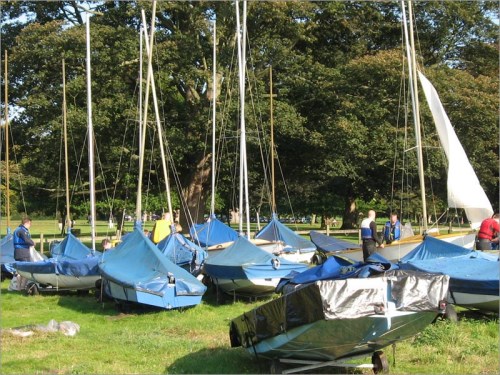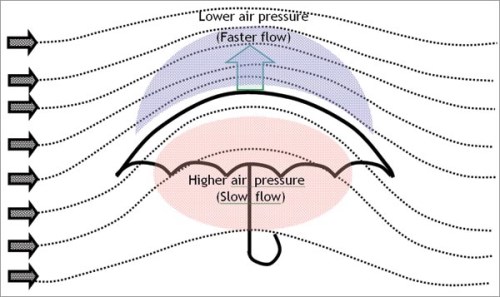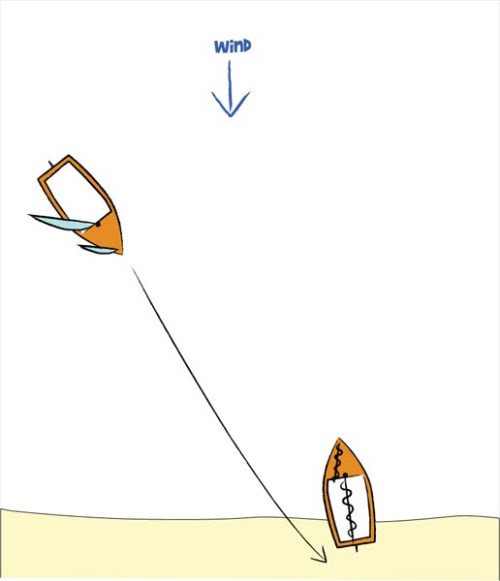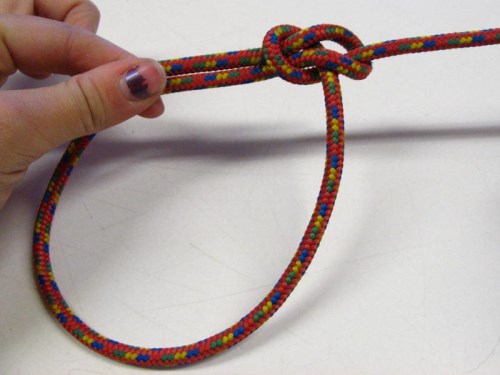Learn To Sail
Go To: Sailing - Learn To Sail
Posted on 16 September 2008 17:02
So, you want to learn to sail, but wondering where to start? We have lots of articles on various aspects of starting to sail, but you may be wondering which to start with.
A good reference point throughout learning is our Glossary so you understand the language being used!
Please note, this article is NOT intended to be a substitute for a proper RYA sailing course! You will learn things on a course run by certified instructors you cannot learn from reading, our articles are intended as an aid, and should be used to learn in advance what you will be putting into practise on the courses, and get a head start on everyone else! If you cannot attend a sailing course, and someone who can sail already is teaching you, it's best to only do so when there are safety boats on the water; this reduces the risk.

Find a sailing club
It's best to start with finding a sailing club, or somewhere to learn to sail, which we cover in Join a Sailing Club. Also take into consideration What should I wear as its always important to have the right gear, which is not just clothing, but also includes safety gear such as bouyancy aids.
If you know the various parts of a boat before you start, it gives you a head start, so check out our Boat Anatomy, and also Sail Anatomy, so when you learn to sail its not such a foreign language.
One of the most asked questions with sailing is how does the boat move, which ultimately boils down to how does a sail work? You may be surprised to learn that you're only "blown" along some of the time, but the rest of the time the wind sucks you along. The main thing to remember is you cannot sail "head to wind" or directly upwind. You'll find more information about this and wind directions in our Points of Sail article.

How a sail works
To get out on the water, the next thing you need to know is how to Launch a Dinghy. Our article covers launching in all kinds of wind and shore conditions, but the basics is all you'll initially need, and you will be under instruction anyway.
Now you're out on the water, you need to know the basic controls, which are:
- Pull the tiller towards you to steer the boat away from you
- Push the tiller away from you to steer the boat towards you
- Pull the mainsheet in to make the boat go faster (but see our Points of Sail article)
- Let the mainsheet out to slow down or stop (apart from sailing downwind).
One of the most common manoevres you'll carry out is tacking (turning the front of the boat through the wind), and also gybing (turning the back of the boat through the wind), which are both used to turn and change direction.
One of the most important concepts in sailing, even more so to sail fast or sail perfectly, is the five essentials:
1. Sail Setting - how much to pull your sails in or let them out depending on where you are compared to the wind (see also our Points of Sail article again)
2. Boat Trim - where you balance your boat forward or backward in a boat is important;
3. Boat Balance - to avoid capsizing, you need to know where to put your weight in a boat, and the boat is best sailed flat. For more information still, including how to use boat balance to steer, see our article on Heeling effect, although this is a more advanced concept.
4. Centreboard settings - the centreboard or daggerboard is important to help you go in the right direction, and also keep you upright. It also helps power the boat - see Centreboard Settings for more detail.
5. Course Made Good - all about steering in the right direction and getting from A to B the quickest.

Landing a dinghy
Once you've finished for the day, you'll also need to know how to landing a dinghy, and we again cover various conditions and situations. Next time you go out, you may need to consider more advanced concepts, such as using Telltales to tell how your sail settings need to be adjusted, how to stop the boat using either Lying To or Hove to, and if you're unlucky, Man Overboard to rescue the instructor, or Capsize Recovery if it's a hot day (it's always best to learn capsizing early on, so you won't be worrying about what to do if you do end up in the water).
As you progress, you might start sailing on windier days, how to do this is explained in our article on reefing the sails to control the power they produce. If you're sailing around other people on a busy lake, you'll need to know the Rules and Rights of Way, even more so if you decide to go into Racing, which is a great way to learn more quickly and practise your new found skills.
Whether you go into racing or not, to be a better sailor, you'll need to know how to adjust sail trim and sail settings. There are lots of different controls for a sail, including the outhaul, downhaul and kicking strap, and they all help control the sail in different ways, and in different conditions.

Bowline knot
You can't be a good sailor, or a sailor at all, unless you can tie a knot! There are five really important knots to learn, these are the bowline (used to attach a rope to an item such as a eyehole in a sail), the figure 8 and stopper knots to stop ropes disappearing through holes and eyes and pulley blocks you don't want them to, the round turn and 2 half hitches to secure your boat to the mooring while you go and eat your lunch, and the clove hitch for mooring your boat for short periods of time (while you go and fetch the trolley).
Finally, if you do eventually buy your own dinghy, remember to check out our Rigging Guides, they may help you figure out which rope goes where. Alternatively, if you check out the guides before hand, they may help you decide which type of boat to go for.